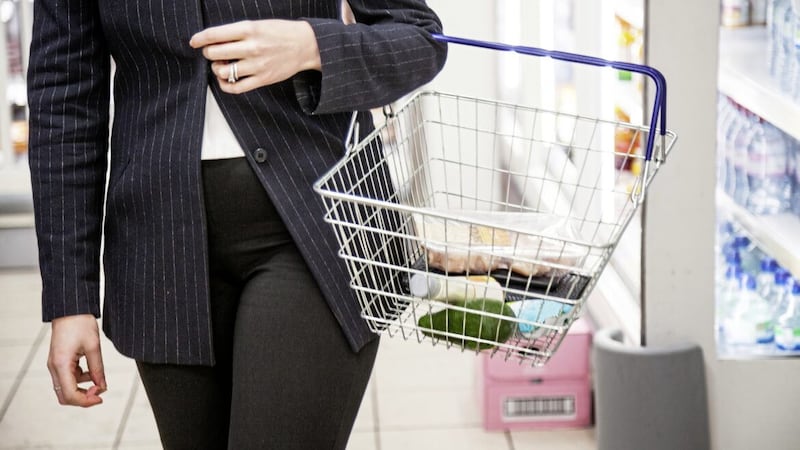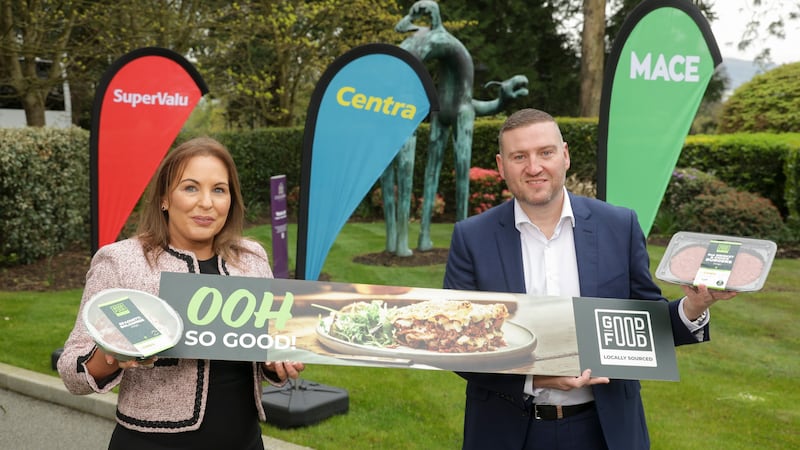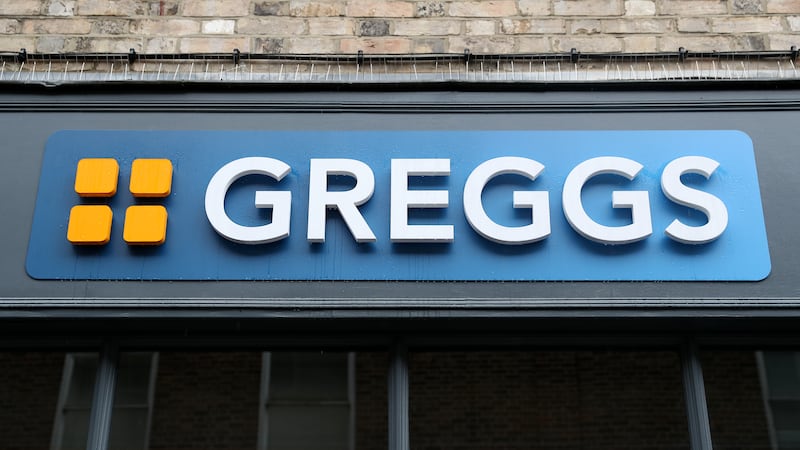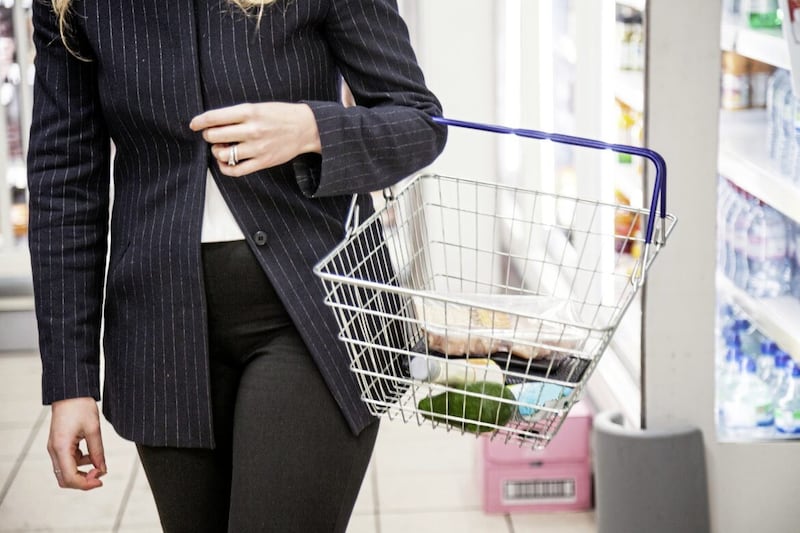GROCERY sales in Northern Ireland fell by 4.2 per cent in the year to August 7 as shoppers picked up 8 per cent less volume per trip and overall shopping trips declined by 0.5 per cent, according to retail analyst Kantar.
Declines were softer over the latest 12 weeks, down by just 0.9 per cent. And although volume per trip declined by 8.8 per cent, shoppers returned to the stores more, up 2.3 per cent year-on-year.
During the scorching heat of July, sales of beer and lager increased by 2.4 per cent, ice cream was up 7.3 per cent and fruit squash peaked at 12.9 per cent.
Grocery inflation in Northern Ireland now stands at 6 per cent, the highest level since Kantar first started tracking the data in 2008, and as a result, prices continue to rise and the average price per pack is up 4.1 per cent.
“The increase in average prices was notable over the latest 12 weeks at 7.5 per cent, and everyday essentials such as milk, margarine, flour and bread were amongst the categories seeing the biggest increases,” said Emer Healy, senior retail analyst at Kantar.
“New Kantar TGI figures show that the proportion of Northern Irish adults who look for the lowest possible prices when shopping has risen from 59 per cent in 2018 to 65 per cent today.
“Although consumers in Northern Ireland are facing rising costs, shoppers bought an additional £8.4 million of branded products, with sales jumping 2 per cent.
“However, there appears to be a shift taking place to own-label offers, as sales of premium own label offerings jumped 5.6 per cent as shoppers in Northern Ireland spent an additional £2.9 million in the last 12 weeks.”
Tesco maintained its position at the top of the table and is the north’s largest grocer with a 35.8 per cent share of the market as it welcomed an influx of new shoppers contributing an additional £39.1m to its overall performance.
All retailers declined when benchmarked against last year, although Lidl declined at the slowest pace and increased its share by 0.3 percentage points versus last August. A boost of new shoppers contributed an additional £14.7m to its overall performance.
Sainsbury’s holds 17 per cent of the market this period and Asda has a 16.3 per cent share.








